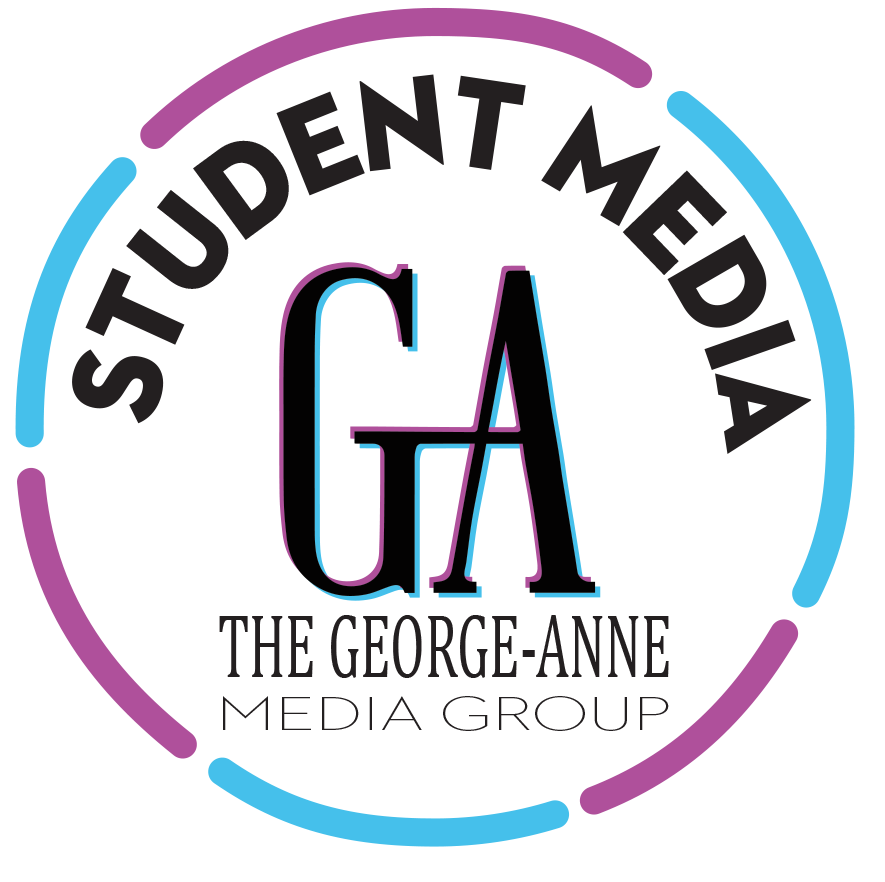Enrollment declines, but solutions are in sight
November 21, 2019
STATESBORO —Georgia Southern’s enrollment decline has not been solved, but it has been reduced, according to the most recent fall 2019 enrollment data released on Nov. 18.
According to GS, the total fall student headcount was 26,054. Fall 2018 had a headcount of 26,408, a total decrease of 348, leading to a net loss of 1.3%. GS still remains the 5th-largest university in Georgia, and the largest institution south of Interstate 20.
“Enrollment is, and will continue to be, our number 1 priority,” President Kyle Marrero said in a University press release. “I’m pleased with the work we have done in the last six months to mediate any decline, and I’m more excited than ever about our future.”
The university has been approaching their budget concerns via the pillars of its strategic plan. The strategic plan seeks to help retain students and, in turn, keep enrollment higher.
“This is an exceptional time to be part of the Georgia Southern University community, as we collectively envision the future with optimism, passion and determination,” GS President Kyle Marrero said in a press release. “Our new strategic plan offers a bold, comprehensive road map designed to unite students, faculty, staff, alumni and community as one Eagle Nation.”
There are five pillars in total in the strategic plan. The first pillar is student success, which aims to help students achieve academically through a student centered approach of engagement.
“Student success is more than just the first ‘strategic pillar’ in the plan – it is the very foundation of our institution,” Marrero said. “And one indicator of success is for students, post-graduation, to be able to find a job and live in southeast Georgia.”
Teaching and research investments into faculty development and research opportunities. This aims to improve the learning experience of the student. This also includes aiming to give GS a scholarly identity to build recognition in the national and global spheres.
Inclusive excellence embraces diversity and places importance on respecting students of all backgrounds, gender, sexual orientation or identity, age and so on. The university seeks to encourage unity while capitalizing on the unique diverse cultures on campus.
Operational efficiency focuses on financial management and employee satisfaction. According to the GS website, this ties into the idea of “One Georgia Southern,” and the focus on equity, diversity, and inclusive excellence. This includes reinvesting into more human resources to improve relations for and with the faculty.
And the final pillar, community engagement, seeks for GS to be involved with the community, companies, local organizations and the U.S Military. This includes an agreement with Robins Air Force Base for an educational partnership with the college of engineering and computing. For President Marrero, this partnership was another example of community outreach that could provide GS students with more career opportunities.
“It’s critical for our institution that we develop partnerships that will expand our presence in southeast Georgia, particularly with Robins Air Force Base, to connect military with advanced educational opportunities,” President Kyle Marrero said in a press release.
More information about the State of the University address where these pillars were first mentioned can be found here.
Kyle Clark, The George-Anne Daily Managing Editor, gaeditor@georgiasouthern.edu



